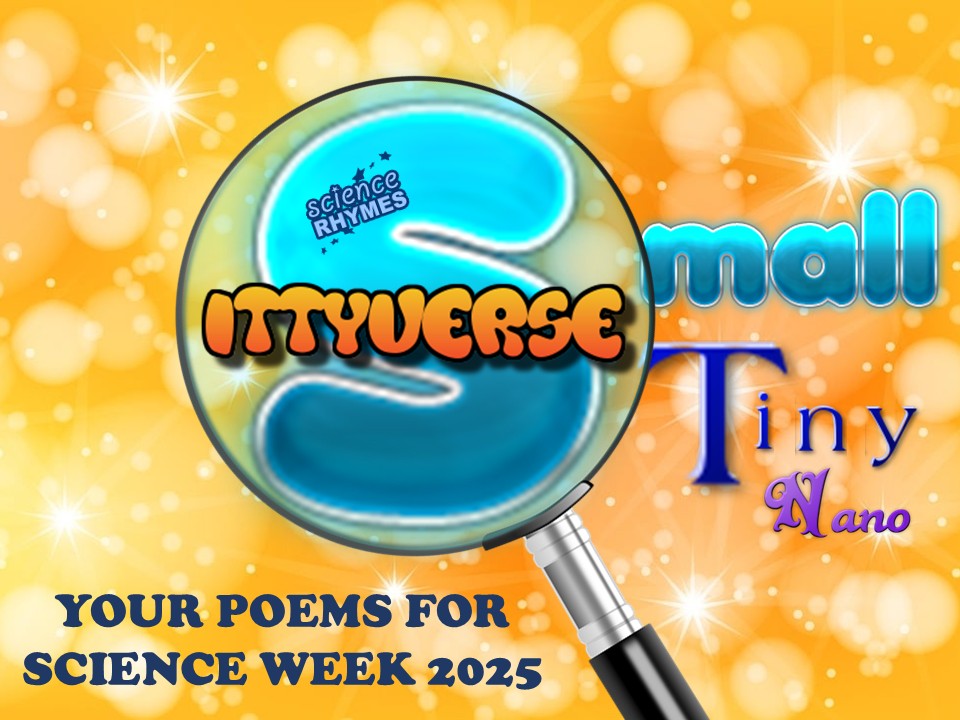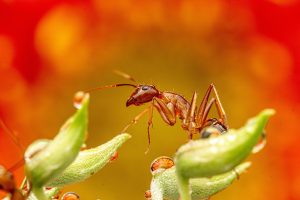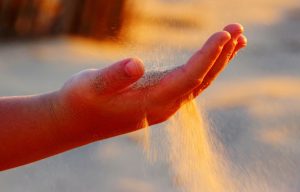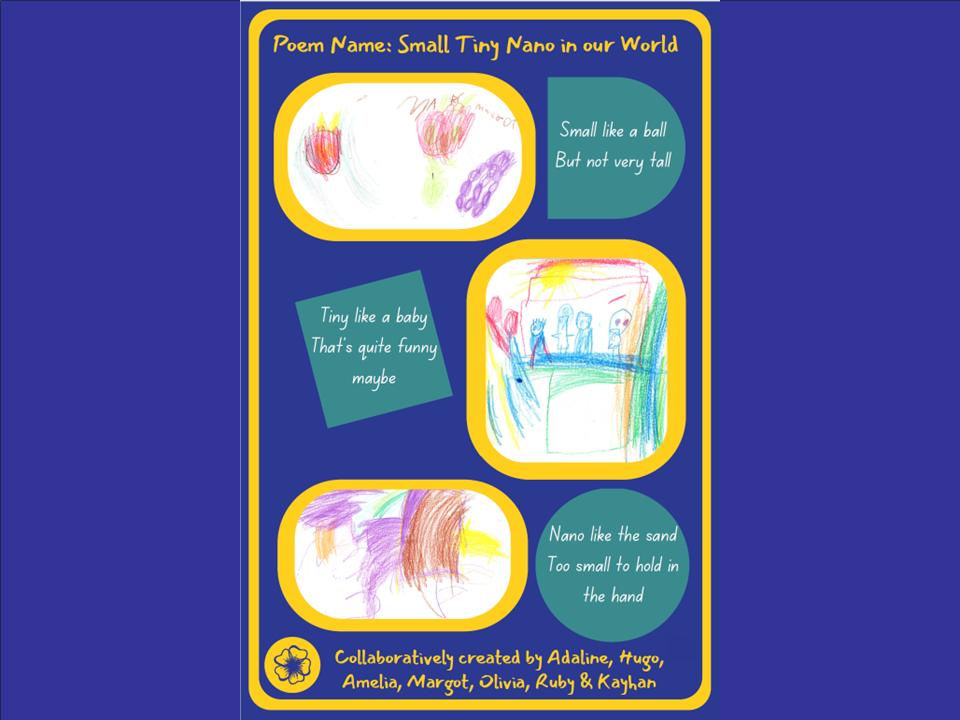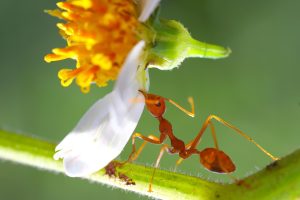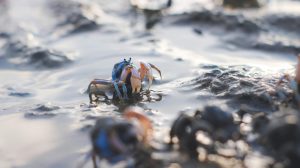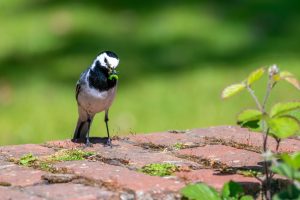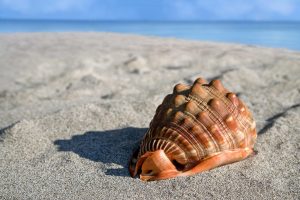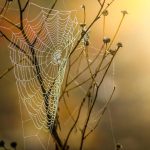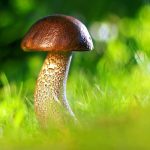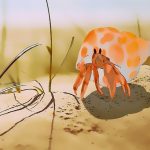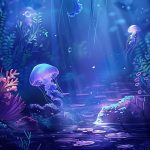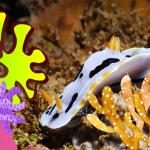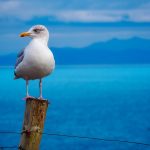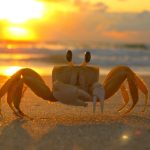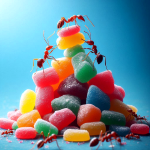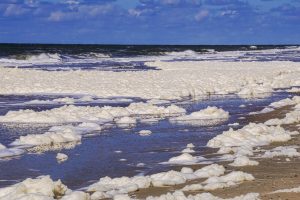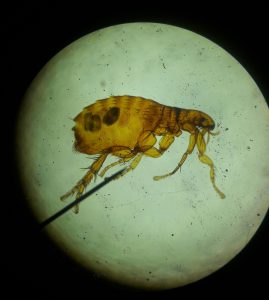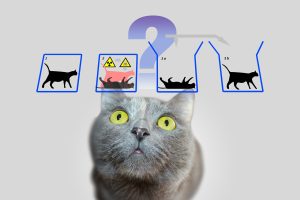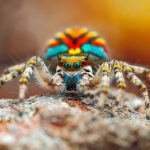A big THANK YOU to all the adults and students who have shared their little creations, either as POEMS or HAIKU, for this year’s National Science Week!
POEMS:
The smartest things are smaller than me by Aaron
I looked down at an ant today,
I tried not to hurt her or get in her way.
She carried crumbs five times her size
That’s strength that wins a science prize!I watched her walk a dirt track,
Then disappear and not come back.
Do ants have maps inside their heads?
Or maybe science books in their beds?I learned they talk with smells, not words,
(Not like us or dogs or birds).
They sniff the ground to say “Go here!”
Their tiny brains are pretty smart and clear!They’re smaller than my little toe,
They build huge cities down below!
And now I think, just maybe, possibly,
The smartest things are smaller than me.
Aaron is 8 and lives near Victor Harbour in SA. He is a home-school student and mother, Emily, helped him submit this poem.
Small but big by Bella & ChatGPT
Sand is smaller than my hand,
Tiny bits all over the land.
It’s at the beach, between my toes,
Where water splashes and summer goes.The beach is part of Earth so wide,
With shells and waves and crabs that hide.
No sand? No beach to jump and run,
No beach? No summer, no sunny fun!No fun means Earth feels kind-a flat,
No giggles, games, or beachy hats
So even though it’s small and round,
Sand’s the biggest thing I’ve found!
Bella is a Year 1 student at Crestwood Public School in NSW. She said that she really enjoyed the process of writing this poem with the help of ChatGPT. She gave the AI specific instructions and edited its response.
Small Tiny Nano in our World from Buttercups Northbridge Childcare & Early Learning Centre, Perth WA
Teacher Rista Chutoo-Bereba organised this delightful presentation by Adaline, Hugo, Amelia, Margot, Olivia, Ruby & Kayhan. Their words are: SMALL LIKE A BALL BUT NOT VERY TALL; TINY LIKE A BABY THAT’S QUITE FUNNY MAYBE; NANO LIKE THE SAND TOO SMALL TO HOLD IN THE HAND.
Amazing Little Critters by Toni Newell
Although very tiny
They’re strong as can be
Can lift many, many times
the weight of their body.
Classified as insects
They live in colonies
Are known to be social
But have their enemies
Ladybugs, anteaters
Fungi, moth butterflies
Spiders, other ants
And humans in disguise
Using different pesticides and
Natural remedies
To neutralize their presence
Affects their colonies.
I admire the little critters,
Who have their roles to play
In our planet’s biodiversity
Which the negatives outweigh.
Toni Newell is a regular contributor to Australian Children’s Poetry.
Soldier Crabs by Linda Davidson
The Soldier crabs are marching
at the edge of the sandy low tide.
An army of purple and orange
surprisingly blends in to hide.
Their ranks don’t appear to be organised
as they crawl across muddy sand.
Their small round bodies swarm together
as they scramble over water and land.
Linda Davidson has poems published in Australian Children’s Poetry and Dirigible Balloon.
The Food Chain by Erica Chester
Every day, out in the wild
The animals, both fierce and mild
Need to eat for en-er-gy
From a big whale to a small beeNot burgers, like you and your brother
No, they prefer to eat each other
It may seem quite inhumane
But it’s just part of the food chainImagine a proud wedge-tailed eagle
Eating a king brown, so regal
King browns like to eat thornbills
Who catch small insects with their skillsThey feast upon the grass and seeds
To meet their nutritional needs
And when the eagle’s time is done
He decomposes in the sunHis body feeds the soil and ground
Where many grasses can be found
So here we are, back at the start
The natural world sure is smart.
Erica has poems published in Dirigible Balloon.
Call of the Beach by Meryl Brown Tobin
She walks along the beach,
white sand beside blue sea.
It calls to her each morning,
its beauties she must see.
She stops to pick up shells,
exquisite and sublime,
each one a unique miracle
of colour, weight, design.Tracks beyond the water
tell of visitors overnight––
of dogs and birds and foxes;
overhead a pelican in flight.
She follows it along the beach––
on a mudflat stretch it lands.
Though it stays well out of reach
it’s as if it’s in her hands.In time the bird flies off
and she turns and heads for home.
The sun is out and warm it is
so she walks barefoot in foam.
The squish of sand between her toes,
she runs and splashes wide.
The salt tang in her mouth and nose,
she laughs as she beats the tide.
Meryl Brown Tobin is a featured author in Australian Children’s Poetry.
The River of Future Science by Dr Sukarma Thareja & Celia Berrell
Silver Nanowires (AgNWs)
Tiny silver nanowires have
got some exciting properties,
unfurling applications for
many advanced technologies.Attacking bacteria and viruses,
they’re good for making medical masks;
enhancing sterile surfaces;
ideal for many medical tasks.Conducting electricity,
absorbing, also scattering light
will make them touch-screen wonders
and an energy-storage delight.With potential for synapse-like signalling
this next trait might seem strange.
We think networks of silver nanowires
could hold memory like a brain.
HAIKU
Spider’s Web by Amahli (Mandurah Baptist College, WA)
A gleaming moonbeam
Like a tailor’s sewing room
Clad in silver threads
Mushrooms by Mia (Mandurah Baptist College WA)
Small, tiny, round, brown
Infests my garden with spores
But are beautiful
Hermit Crab by Felicity (Mandurah Baptist College WA)
Tiny, brave and strong
Watch him scurry in the sand
Pretty little shell
Coral by Katelyn (Mandurah Baptist College WA)
Life underwater
An upside-down jellyfish
Algae gives colour
Little Sea Bunny by Angela (Mandurah Baptist College)
Little sea bunny
Tiny, small, slimy and cute
Microscopic pet
Water Bear by Destiny (Mandurah Baptist College WA)
Tiny but mighty
Indestructible you are
Mighty water bear
Seagull by Paige (Mandurah Baptist College WA)
Standing on a post
Gracefully flying around
Perfect white feathers
The Hungry Crab by Evie (Mandurah Baptist College WA)
A small, hungry crab
Scurries to grab a poor fish
And gobble it down
Ants by Jake (Mandurah Baptist College WA)
Marching through the mound
Ants are working very hard
Keeping the nest clean
Thanks Teacher-Librarian Clare Laverty at Mandurah Baptist College for sharing these lovely little Haiku from your students.
Sandra Winzar’s students at Hilder Road State School learnt about the recent Algal Blooms which have caused devastation along the South Australian coast. Below are six very touching haikus from her class.
Ocean Algal Blooms by Alyssa (Hilder Road SS, Brisbane QLD)
Warming oceans shift
Algal blooms silently spread
Death has washed ashore
Silent Killer by Stacey (Hilder Road SS, Brisbane QLD)
Cream bloom litters tide
Life and light begin to slide,
Beneath all have died
Waves of Death by Samuil (Hilder Road SS, Brisbane QLD)
Creamy clouds rain death
Making sure to take your breath
Bodies wash ashore
Toxic Foam by Isabelle & AI (Hilder Road SS, Brisbane QLD)
Temperatures rising
Creatures wash up on the sand
Blooms of toxic foam
Grieving Shores by Bella & AI (Hilder Road SS, Brisbane QLD)
Temperatures rising
Toxic yellowness blooming
Silent shores grieving
Whispers of Death by Dylan, Archer & AI (Hilder Road SS, Brisbane QLD)
Poisons spread through seas
Fish suffering and dying
Foam whispers of death
There are concerns around how this large algal bloom will impact the Giant Australian Cuttlefish who lay their eggs in these South Australian waters each August.
Little Flea by Sue Warren (Redcliffe QLD)
Tiny hopping flea
If you please, do not bite me
Take a flying leap!
Teacher-Librarian, Sue Warren, recently wrote a series of teacher’s notes for a forthcoming non-fiction kid’s book on parasites. One of the exercises is to write a Haiku … so she did!
Schrodinger’s Cat by Tom Middlebrook & ChatGPT (Balmoral VIC)
Cat in the closed box—
is it purring, or silent?
Both, until we look
Peacock Spider by Celia Berrell
Tiny spiders dance –
Snazzy tail and jerky legs
Catch a female’s eye




